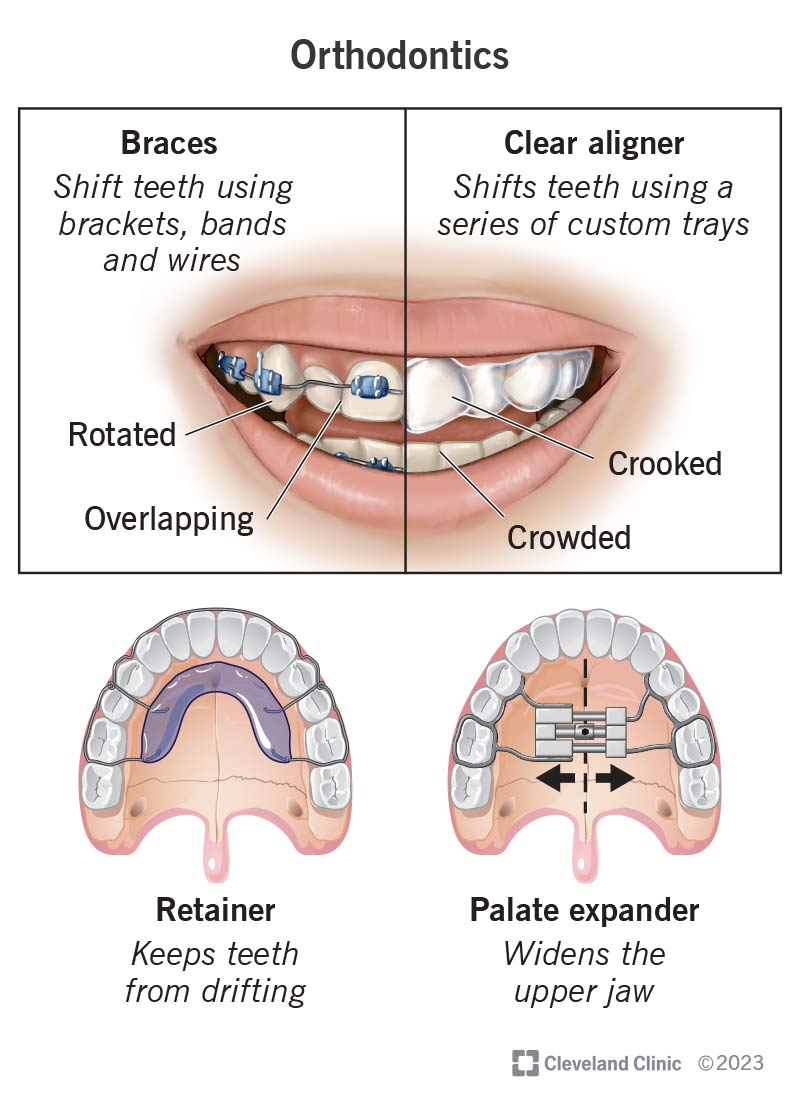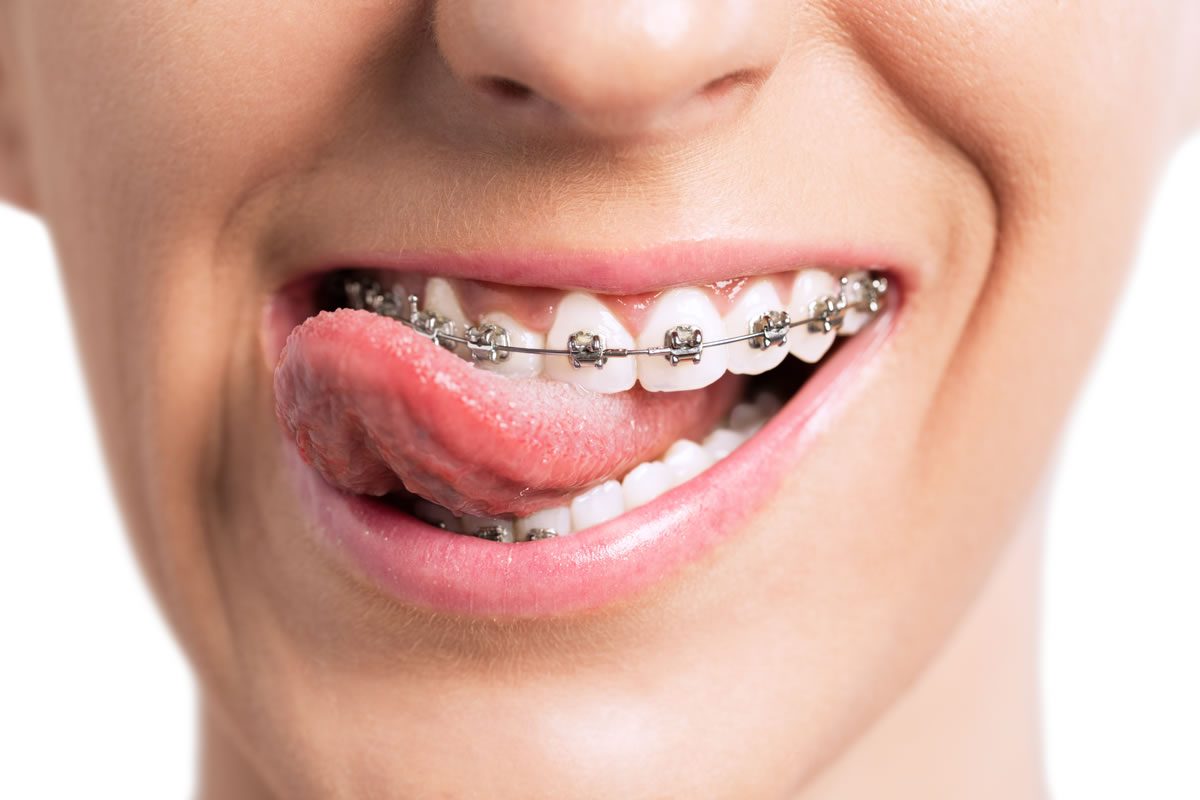Everything about Causey Orthodontics
Table of ContentsSome Ideas on Causey Orthodontics You Need To KnowThe smart Trick of Causey Orthodontics That Nobody is Talking AboutThe Of Causey Orthodontics6 Simple Techniques For Causey OrthodonticsCausey Orthodontics for Dummies
Ignoring occlusal relationships, it was common to eliminate teeth for a selection of dental issues, such as malalignment or congestion. The principle of an intact dentition was not widely appreciated in those days, making bite connections seem unnecessary. In the late 1800s, the principle of occlusion was necessary for developing trusted prosthetic substitute teeth.As these ideas of prosthetic occlusion progressed, it became an important tool for dentistry. It was in 1890 that the work and influence of Dr. Edwards H. Angle began to be felt, with his payment to modern-day orthodontics particularly noteworthy. Concentrated on prosthodontics, he instructed in Pennsylvania and Minnesota before directing his attention in the direction of dental occlusion and the treatments needed to keep it as a typical problem, hence coming to be understood as the "daddy of contemporary orthodontics".

The concept of optimal occlusion, as proposed by Angle and incorporated right into a classification system, made it possible for a shift in the direction of dealing with malocclusion, which is any type of deviation from typical occlusion. Having a complete collection of teeth on both arches was very searched for in orthodontic therapy due to the requirement for exact relationships in between them.
Excitement About Causey Orthodontics
As occlusion ended up being the crucial priority, facial proportions and aesthetics were disregarded - family orthodontics. To achieve optimal occlusals without utilizing outside forces, Angle postulated that having excellent occlusion was the very best method to obtain optimal face visual appeals. With the passing of time, it came to be quite evident that even an outstanding occlusion was not suitable when considered from an aesthetic factor of sight
Charles Tweed in America and Raymond Begg in Australia (who both studied under Angle) re-introduced dentistry removal into orthodontics throughout the 1940s and 1950s so they can enhance facial esthetics while likewise ensuring better security concerning occlusal connections. In the postwar duration, cephalometric radiography started to be used by orthodontists for gauging adjustments in tooth and jaw placement brought on by growth and treatment. It came to be apparent that orthodontic treatment can adjust mandibular development, leading to the formation of practical jaw orthopedics in Europe and extraoral pressure procedures in the US. These days, both practical appliances and extraoral gadgets are used around the world with the goal of modifying growth patterns and kinds. Consequently, seeking true, or a minimum of improved, jaw partnerships had ended up being the primary objective of treatment by the mid-20th century.
Causey Orthodontics Things To Know Before You Get This
 Up until the mid-1970s, dental braces were made by covering steel around each tooth. http://www.ikeanded.com/directory/listingdisplay.aspx?lid=179019., it became feasible to instead bond metal brackets to the teeth.
Up until the mid-1970s, dental braces were made by covering steel around each tooth. http://www.ikeanded.com/directory/listingdisplay.aspx?lid=179019., it became feasible to instead bond metal brackets to the teeth.Andrews provided an informative interpretation of the optimal occlusion in permanent teeth. This has had meaningful impacts on orthodontic treatments that are provided on a regular basis, and these are: 1. Appropriate interarchal connections 2. Right crown angulation (suggestion) 3. Right crown inclination (torque) 4. No turnings 5. Limited get in touch with points 6. Apartment Contour of Spee (0.02.5 mm), and based upon these concepts, he discovered a treatment system called the straight-wire appliance system, or the pre-adjusted edgewise system.
The benefit of the design lies in its brace and archwire mix, which needs only minimal cable flexing from the orthodontist or medical professional (orthodontist services). It's appropriately named after this feature: the angle of the port and density of the bracket base eventually establish where each tooth is positioned with little need for extra control
Unknown Facts About Causey Orthodontics
Both of these systems used the same brackets for every tooth and demanded the bending of an archwire in three airplanes for situating teeth in their preferred positions, with these bends dictating supreme placements. When it comes to orthodontic home appliances, they are separated right into two kinds: removable and repaired. Detachable devices can be taken on and off by the individual as needed.

Hence, mostly all contemporary fixed appliances can be thought about variants on this edgewise home appliance system. Early 20th-century orthodontist Edward Angle made a significant payment to the globe of dentistry. He created 4 distinctive home appliance systems that have actually been utilized as the basis for many orthodontic therapies today, disallowing a couple of exemptions.
Unknown Facts About Causey Orthodontics

The cable ended in a string, and to move it forward, a flexible nut was used, which permitted for a boost in area. By ligation, each private tooth was affixed to this expansive archwire (orthodontist services). Due to its minimal series of motion, Angle was not able to attain exact tooth placing with an E-arch
These tubes held a soldered pin, which can be repositioned at each appointment in order to relocate them in place. Called the "bone-growing appliance", this gizmo was thought to motivate healthier bone development as a result of its possibility for transferring force straight to the origins. Applying it verified bothersome in truth.